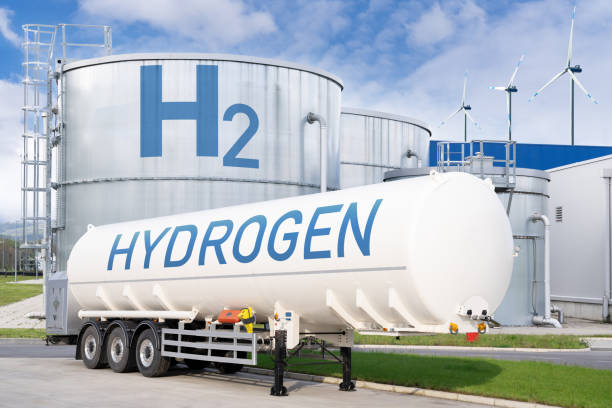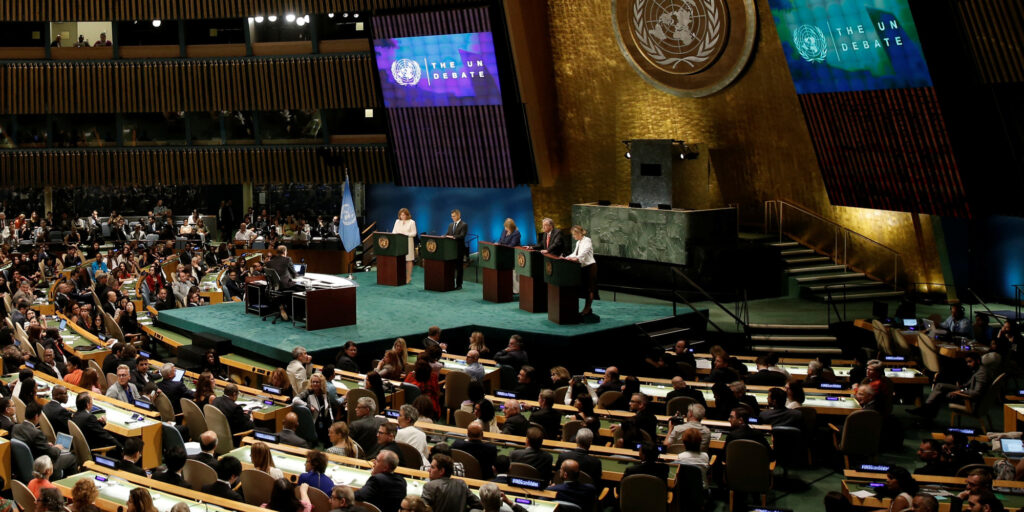The Electricity Act (“the Act”) enshrines the liberalisation of the electricity market to allow private sector participation. Section 1 of the Act provides a framework to guide the market’s transition to a purely contract-based competitive electricity market from the previous non-contract-based structure. This liberalisation was done to revolutionise the market’s monopolistic characteristic and disentangle the roadblocks that hinder the influx of private capital into the Nigerian Electricity Supply Chain (NESI).
Private sector participation? the benefits
Deregulating the market has been heralded by industry experts as the key to revamping the NESI. Private participation in the power industry has recorded numerous benefits in the Global South, including competition, innovation in electricity services and overall sector growth. An illustrative example is China. In China, its state-owned energy producer, the State Power Corporation (SPC) – before it was unbundled into several companies, controlled over seventy (70) per cent of the total generation capacity. However, after deregulating the country’s electricity sector and allowing private sector participation, SPC’s control was reduced to forty (40) per cent. This change led to increased independent power producers (IPPs), which enhanced affordable connectivity and power generation. De-monopolising electricity markets increases competition, which may drive down electricity prices. On the other hand, this begs the question of the challenges that may accompany liberalising the market and how prepared the NESI is to handle them. These potential challenges are discussed below.
Private sector participation? “the unknown”
Electricity generation cost is volatile in liberalised markets. This volatility is because the market forces of demand and supply determine the cost of electricity and not regulators, which is alarming for a few reasons. One, unlike the consensus that a competitive market reduces electricity prices, the United States electric industry evidenced otherwise. In 2007, the Ameren utility in the U.S. increased its electricity bills by fifty-five per cent for customers, compared to the twenty-six per cent increase noted by Commonwealth Edison customers. Thus, although studies show a link between implementing deregulation policies and electricity price reduction, most studies have shown that such reduction is short-term, noting a reversal to increased prices in the long term. Therefore, deregulation may increase utility prices for you and me, which is worrisome as production costs and other economic factors in Nigeria already diminish the average consumers’ purchasing power.
Secondly, the NESI has been subject to a legacy of compounded issues, making the willingness of private participants to invest obscure. The private sector is profit-driven, and the readiness of state actors to tackle NESI’s challenges, such as inadequate infrastructure and regulatory uncertainties, is crucial to ensuring full-scale privatisation for improved reliable electricity. Thus, state governments should consider existing NERC regulations on franchising and third-party investments to guide their market designs in establishing their regulatory markets for easier integration of new market entrants. Leveraging existing regulations would prevent legal hitches and provide a clear pathway for accessing existing infrastructure, thereby enhancing market coordination and preventing abuse of market power by previous monopolistic forces.
Way forward
The primary purpose of deregulating the power sector is to improve market liquidity. To achieve this improvement, state regulators must resolve institutional issues that may hinder the transition to a competitive electricity market. A foreseeable challenge is a dip in profits of the companies with monopolistic powers as a result of de-monopolising the NESI, which was the case in Argentina during the global economic crisis. This profit dip may lead to friction between existing and prospective private sector entrants. Hence, deregulating the market necessitates structural transformation and synchronisation between private and state actors, with the government playing a more significant role in promoting coordination. The government must develop strategies to compensate current industry players for profitable losses while levelling the playing field for new entrants.
Agreeably, liberalising the NESI promotes holistic sector growth. However, state actors must eliminate entry barriers for better implementation of their respective objectives.



